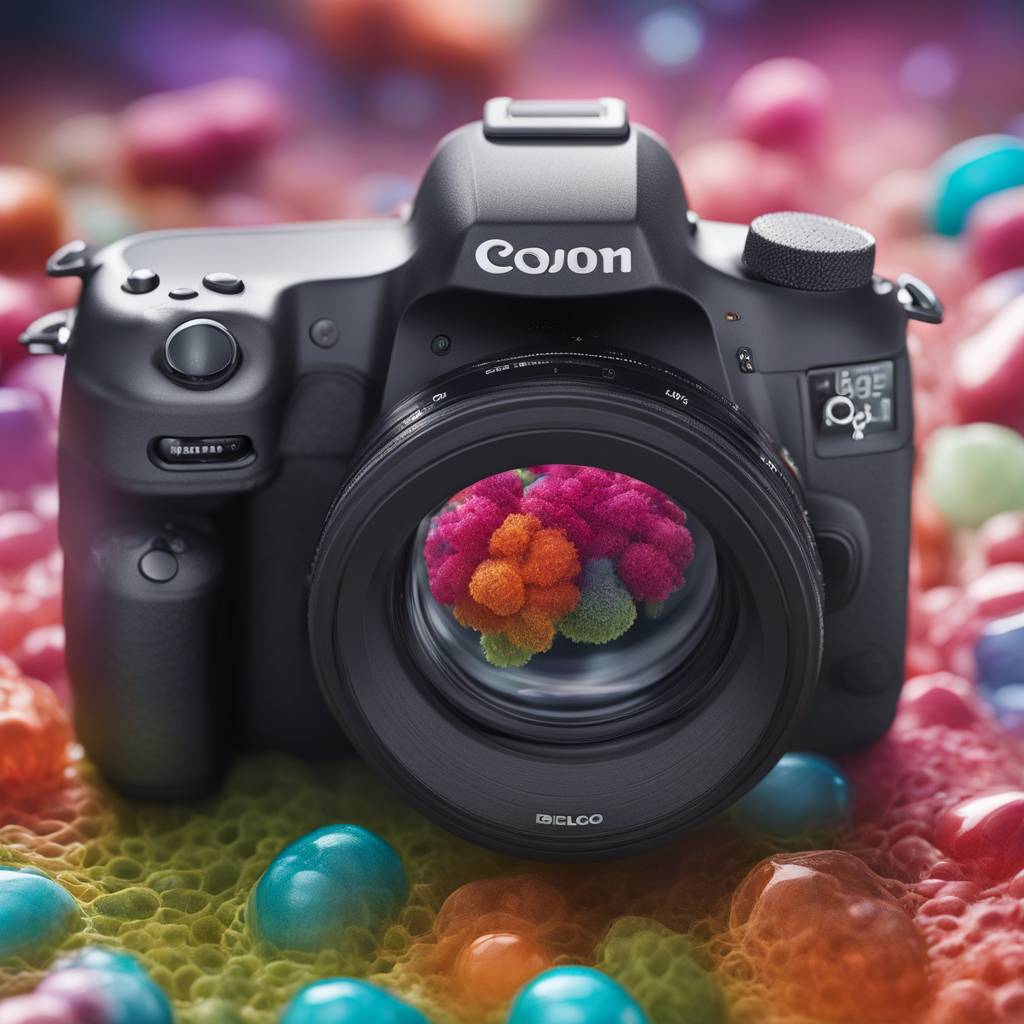A research team at Osaka Metropolitan University has developed a handheld device for quick on-site detection of disease-causing bacteria such as E. coli and salmonella. Led by Professor Hiroshi Shiigi of the Graduate School of Engineering, the team created a biosensor that can simultaneously detect multiple bacterial species within an hour. The palm-sized device can be linked to a smartphone app for easy monitoring of bacterial contamination levels. The team synthesized organic metallic nanohybrids of gold and copper that do not interfere with each other, allowing for the differentiation of electrochemical signals on the same screen-printed electrode chip of the biosensor.
The organic−inorganic hybrids, made up of conductive polymers and metal nanoparticles, were combined with antibodies specific to the target bacteria to serve as electrochemical labels. The results of the experiments confirmed that the synthesized nanohybrids functioned effectively as electrochemical labels, enabling the rapid detection and quantification of multiple bacteria in less than an hour. This technique allows for the quick determination of the presence or absence of harmful bacteria before food and pharmaceutical products are shipped, ensuring safety at manufacturing sites. The team plans to continue developing new organic metallic nanohybrids to expand the range of bacteria that can be simultaneously detected.
Traditional methods of detecting bacteria in food samples involve sending them to a laboratory for analysis over several days. However, rapid detection is crucial in preventing foodborne illness outbreaks. The new handheld device created by the Osaka Metropolitan University research team provides a more efficient and convenient solution, allowing for real-time monitoring of bacterial contamination levels on-site. By linking the device to a smartphone app, users can easily check the presence of harmful bacteria and take immediate action to ensure food safety.
The biosensor developed by Professor Shiigi and his team is a significant advancement in the field of rapid bacterial detection. By synthesizing organic metallic nanohybrids that do not interfere with each other, the team was able to create a device capable of simultaneously detecting and quantifying multiple bacterial species in a short amount of time. The use of electrochemical labels combined with specific antibodies allows for precise and efficient detection of harmful bacteria, providing an essential tool for food and pharmaceutical manufacturers to ensure the safety of their products before they are shipped.
The potential applications of this handheld device are vast, with the ability to detect a wide range of bacterial species in various industries. The quick and accurate detection of harmful bacteria can help prevent outbreaks of foodborne illness and ensure the safety of consumers. By enabling rapid on-site testing, the device can facilitate the timely identification of contaminated food and pharmaceutical products, allowing for immediate processing or disposal to prevent the spread of disease. The development of new organic metallic nanohybrids to expand the capabilities of the biosensor demonstrates the team’s commitment to continuous innovation and improvement in bacterial detection technology.
In conclusion, the handheld device developed by the research team at Osaka Metropolitan University represents a significant advancement in rapid bacterial detection technology. The ability to simultaneously detect multiple bacterial species in less than an hour provides a valuable tool for ensuring the safety of food and pharmaceutical products. By linking the device to a smartphone app, users can easily monitor bacterial contamination levels on-site and take immediate action to prevent outbreaks of foodborne illness. The continued development of new organic metallic nanohybrids further expands the potential applications of the biosensor, with the goal of detecting an even wider range of harmful bacteria in various industries.













